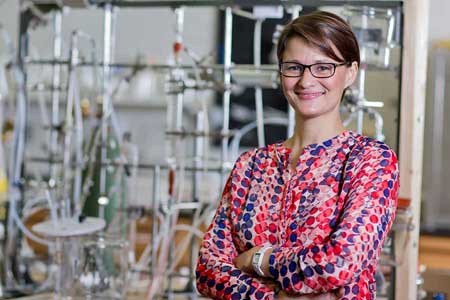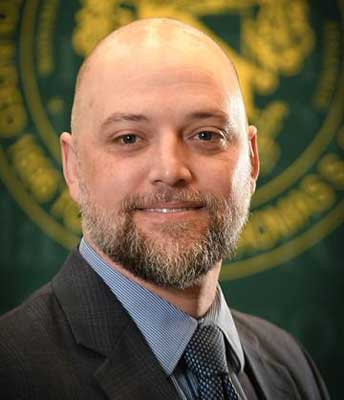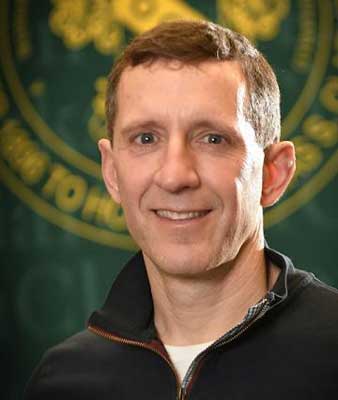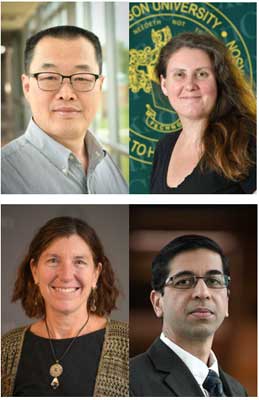Coulter School of Engineering Newsletter: Fall 2023
Message From the Dean
Multiple research grants are the top highlights of this edition of the Wallace H. Coulter School of Engineering Newsletter. From the NSF to the National Institutes of Health and the U.S. Air Force, the scholarship of our faculty and students is being consistently recognized. We also feature some other interesting Coulter School news and recognition highlights from the past few months. I'm proud of the accomplishments of our students and faculty, and I hope you enjoy reading about them below.
— Bill Jemison, Dean of the Wallace H. Coulter School of Engineering / Tony Collins Professor of Innovative Engineering Culture
Plasma Pathways

Prof. Selma Mededovic and her co-researchers have received an NSF grant to further research into the development of multiphase gas-liquid plasma reactors. The nearly $800K in funding could generate new insights and novel means of analyzing plasmas in contact with liquids.
Vocal Hyperfunction

Mechanical & Aerospace Engineering students will perform cross-disciplinary biomedical research along with more than 25 researchers from more than 13 universities and institutions around the world. Associate Professor Byron Erath is a co-investigator in the National Institutes of Health grant, which is making this possible.
Solar Cell Advancement

Prof. Brian Helenbrook's work to develop new models of solidification kinetics has been awarded a nearly $555K grant from the NSF. He'll use the models to optimize the horizontal ribbon growth process – a technique for producing thin wafers of single-crystal silicon for use in solar cells, which could lower production costs by 75 percent.
NSF Curriculum Grant

Four professors have received a $398K grant from the NSF to create and integrate an identity and access management-themed, project-based learning curriculum into existing computer science- and software engineering-related curricula.
Solar Dynamo

Prof. Chunlei Liang has been awarded an Air Force Office of Scientific Research grant to model the global solar dynamo and simulate the magnetic field of the sun. All space weather has its roots in the solar magnetic field, but the global dynamo producing this magnetism remains difficult to predict numerically.
